Blood Donation and Safety Social Media Resources
Help bring greater awareness about the safety of the blood supply
Help bring greater awareness about the safety of the blood supply and the continued need for blood donations by sharing these graphics and sample posts on your social media channels.
Tag us! @BloodHealthEd on X
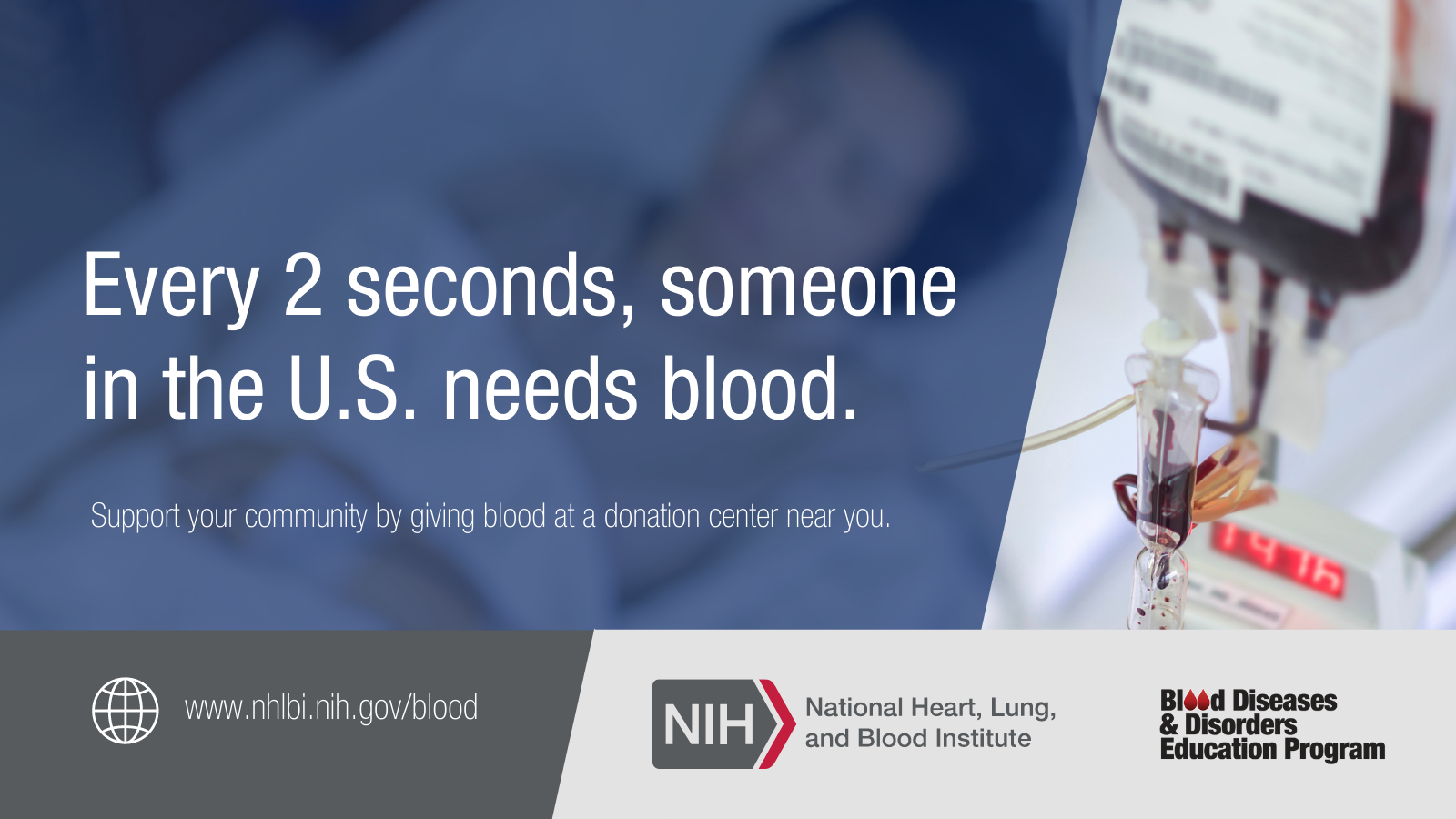
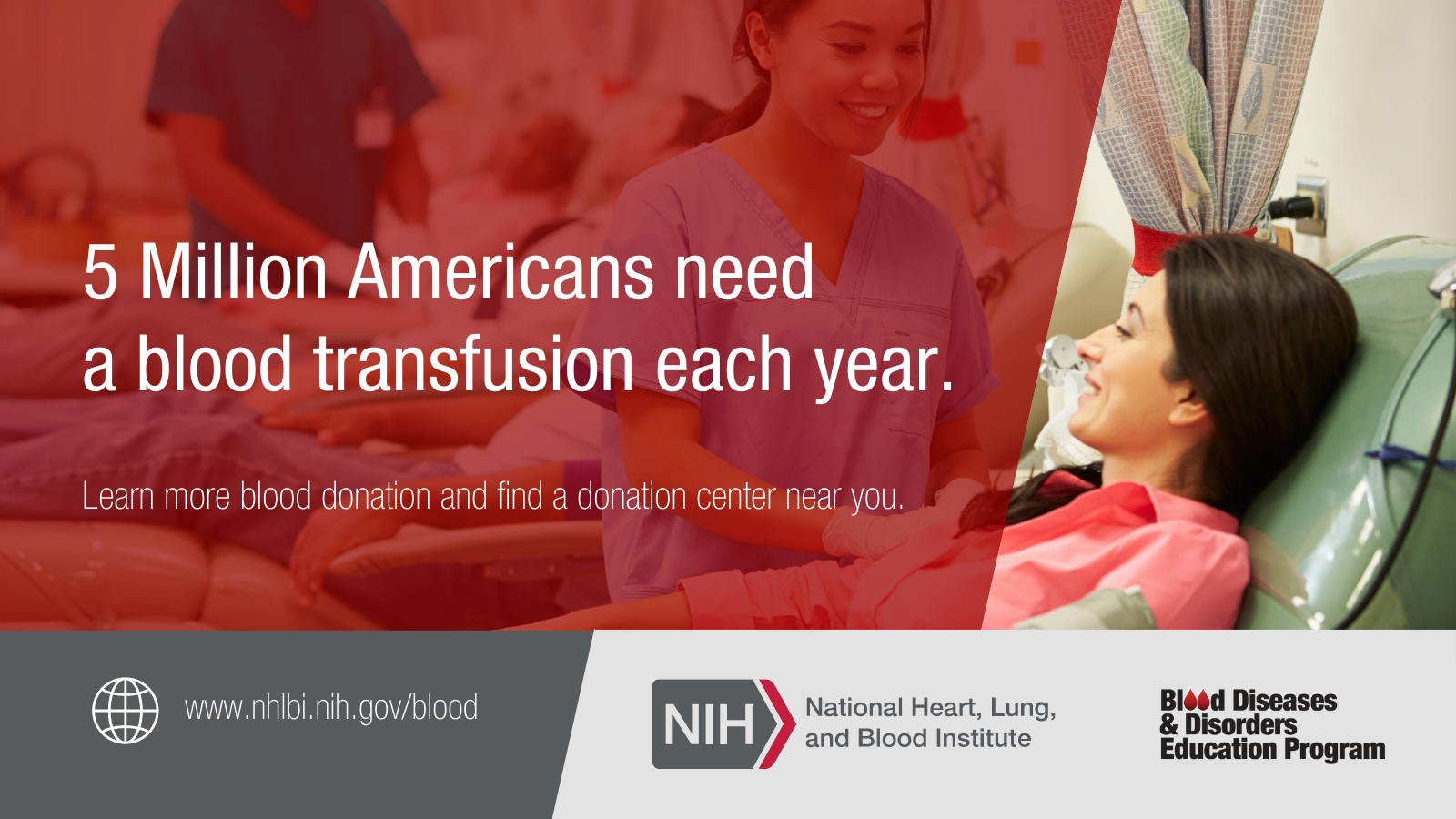

5 million Americans need a blood transfusion each year.
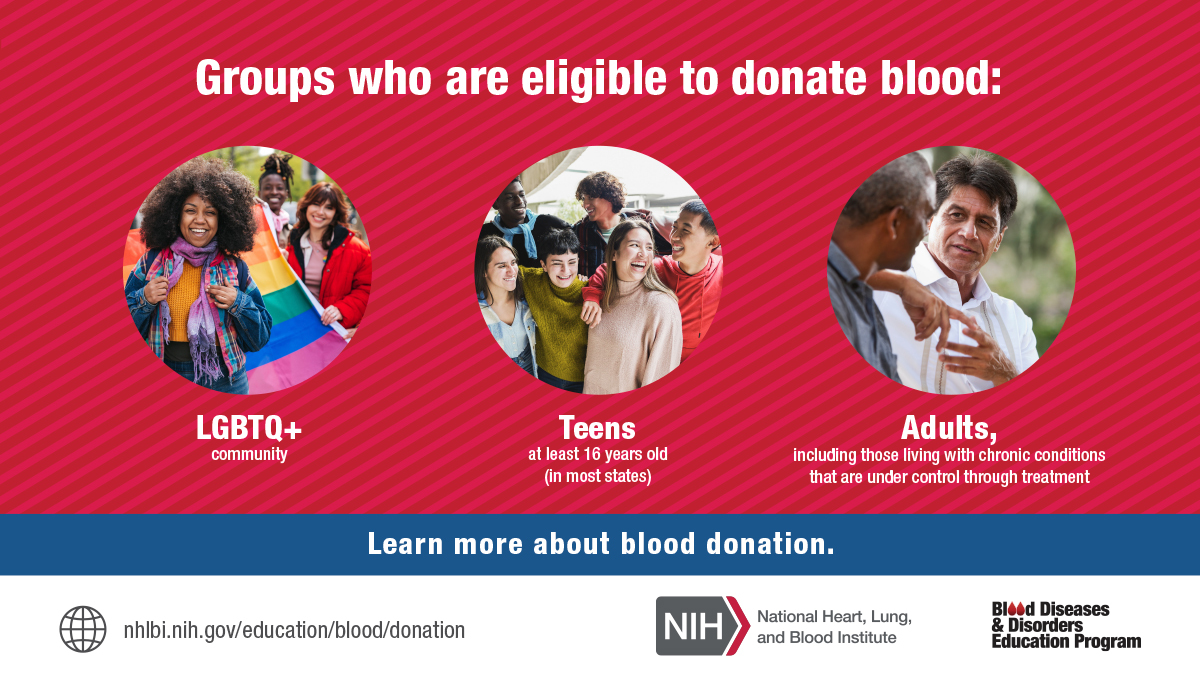

Groups who are eligible to donate blood:
- LGBTQ+ community
- Teens at least 16 years old (in most states)
- Adults, including those living with chronic conditions that are under control through treatment


African Americans make up 13% of the U.S. population but less than 3% of blood donors.
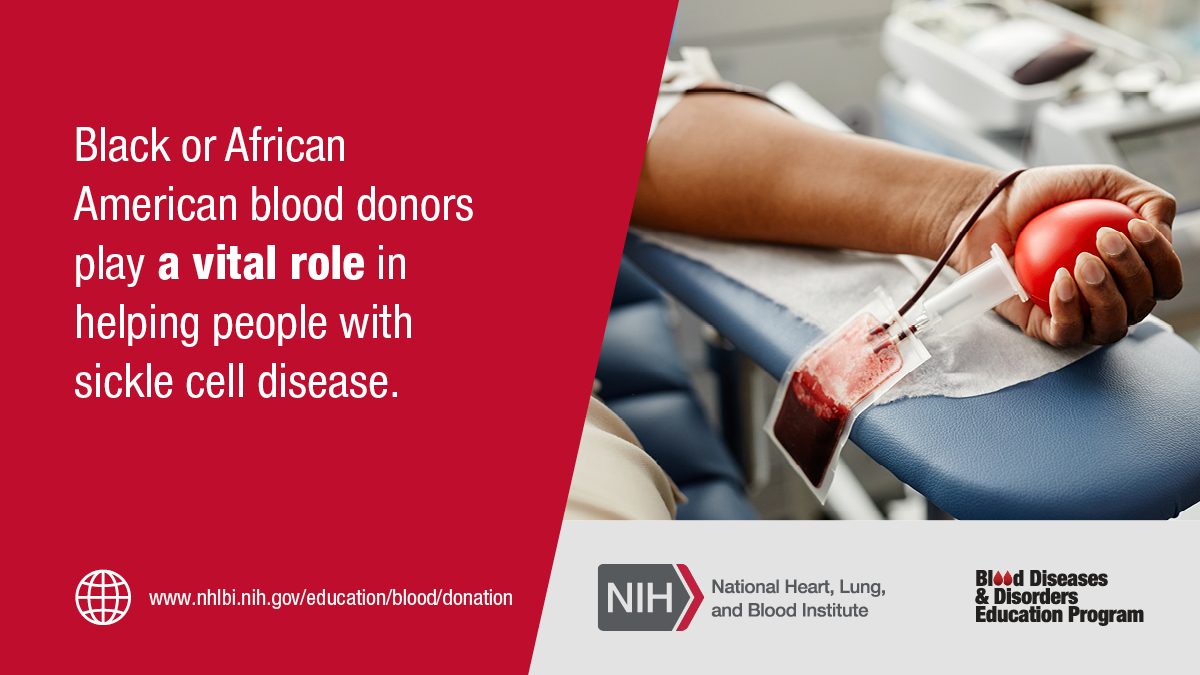

Black or African American blood donors play a vital role in helping people with sickle cell disease.
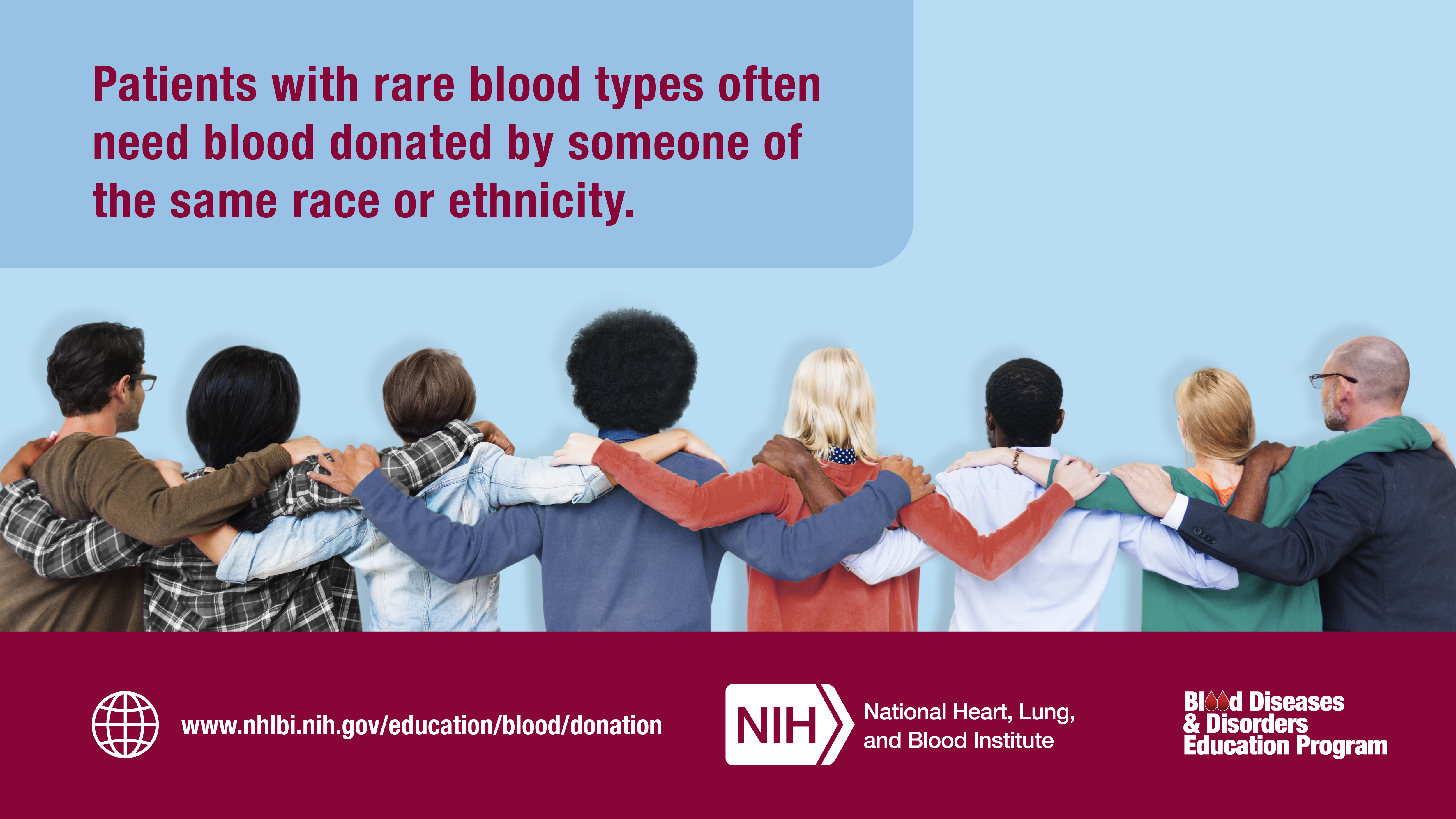

Patients with rare blood types often need blood donated by someone of the same race or ethnicity.
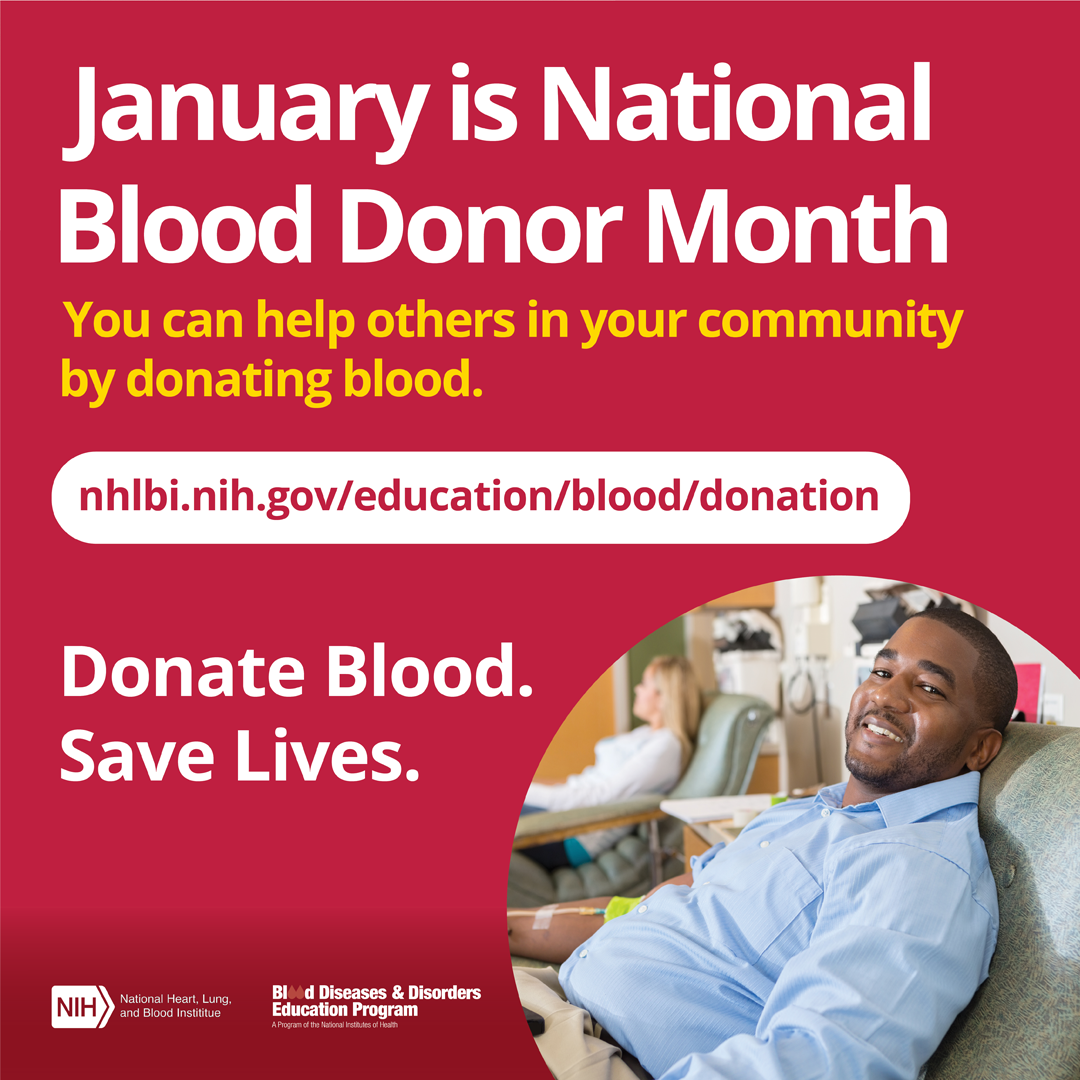

January is National Blood Donor Month. You can help others in your community by donating blood. Donate Blood. Save Lives.


Patients dependent on transfusions often have diverse heritage. Optimal blood match comes from donors with similar heritage. Community blood supply should mirror community diversity. Less than 20% of blood donations currently come from communities of color
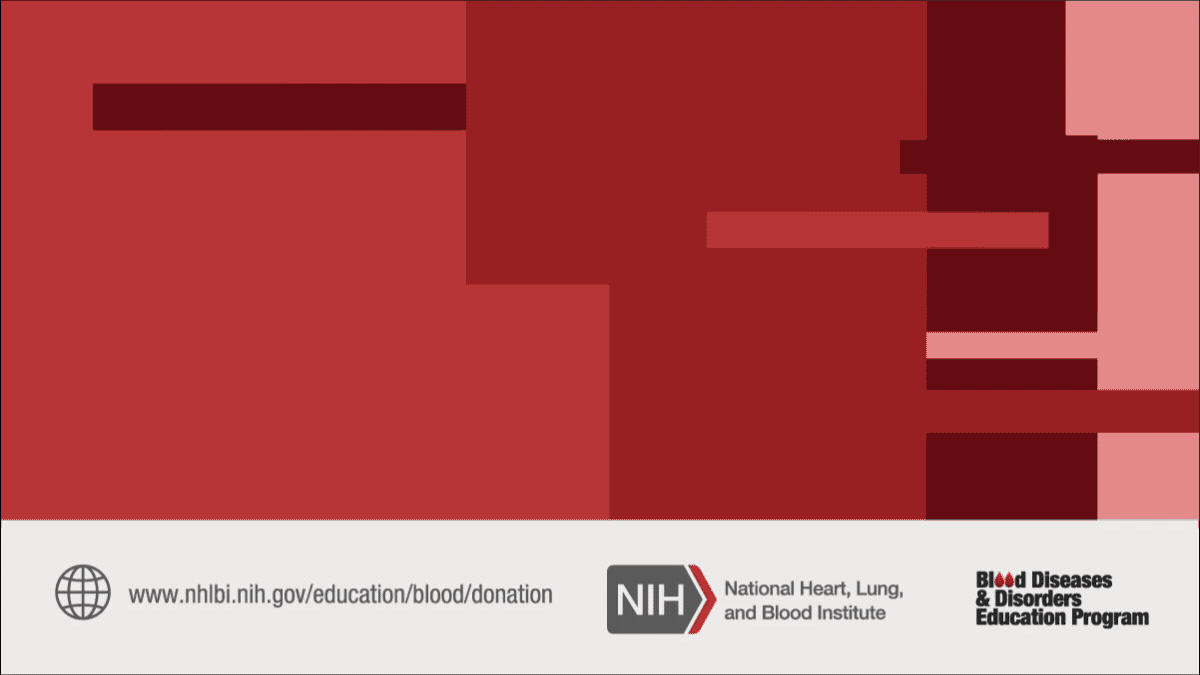

Blood donors of color can help many people including:
- Patients with sickle cell disease
- Moms with complicated childbirths
- People fighting cancer
- Accident or trauma victims
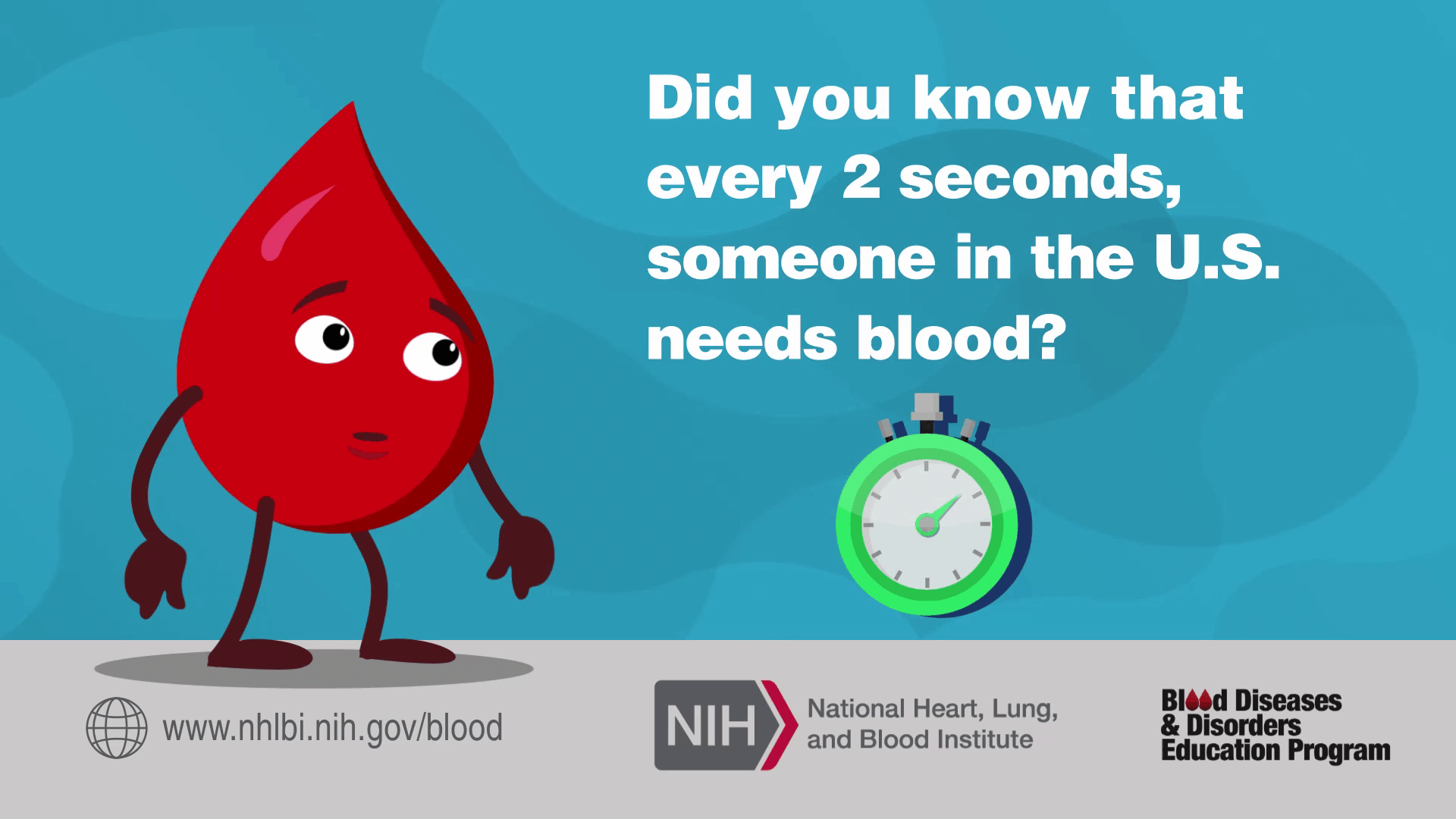
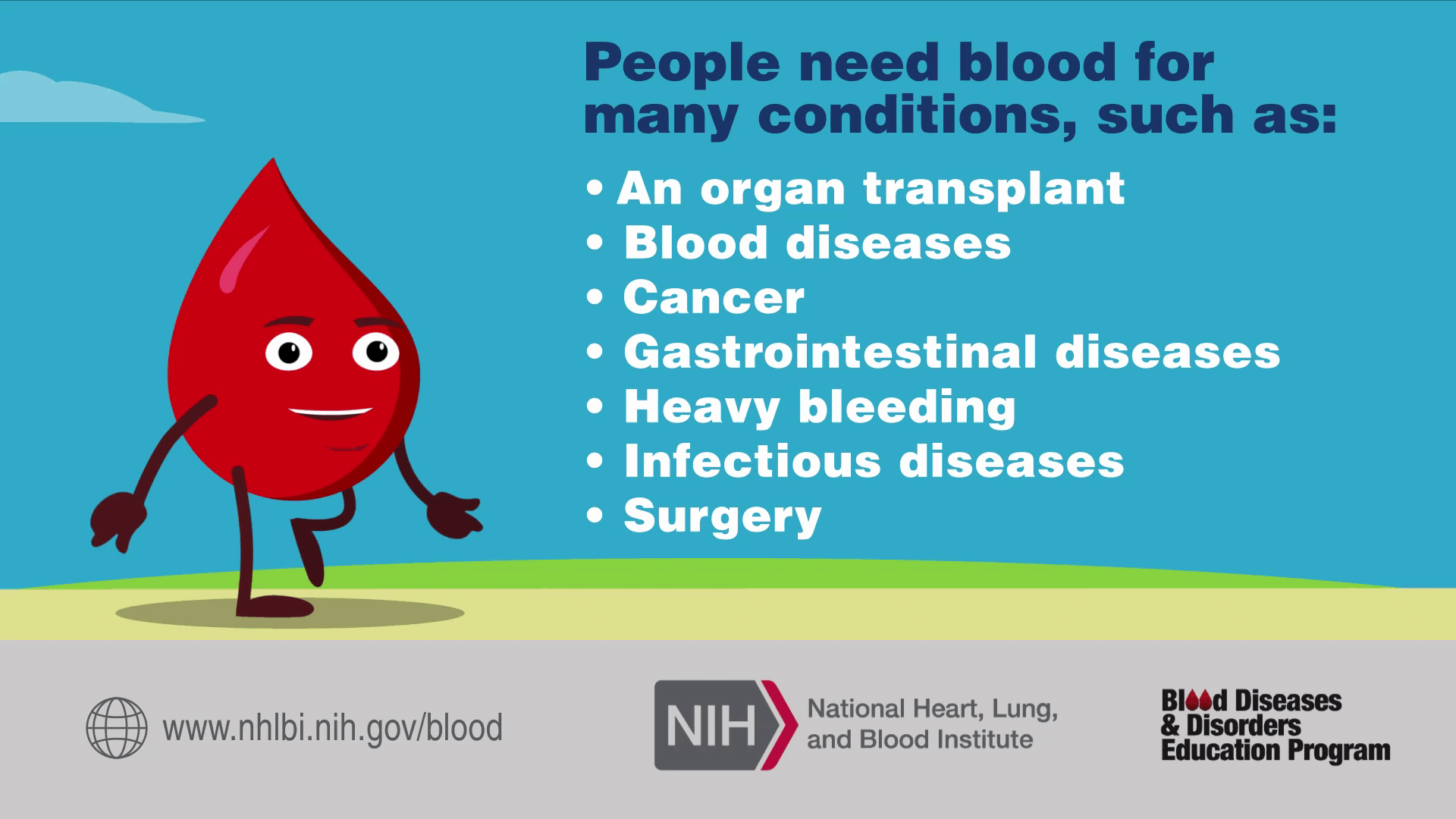

People need blood for many conditions, such as:
- An organ transplant
- Blood diseases
- Cancer
- Gastrointestinal diseases
- Heavy bleeding
- Infectious diseases
- Surgery
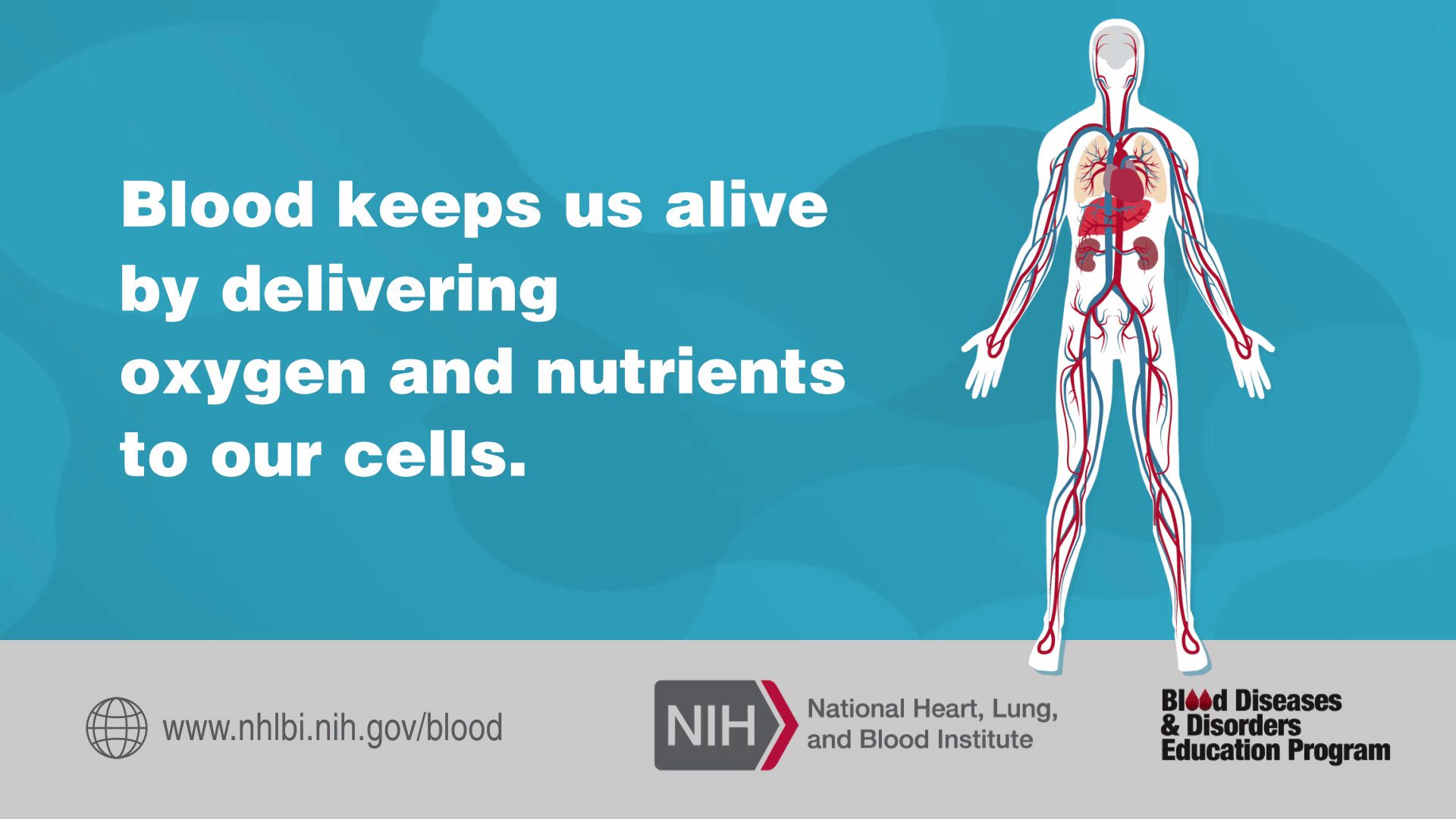
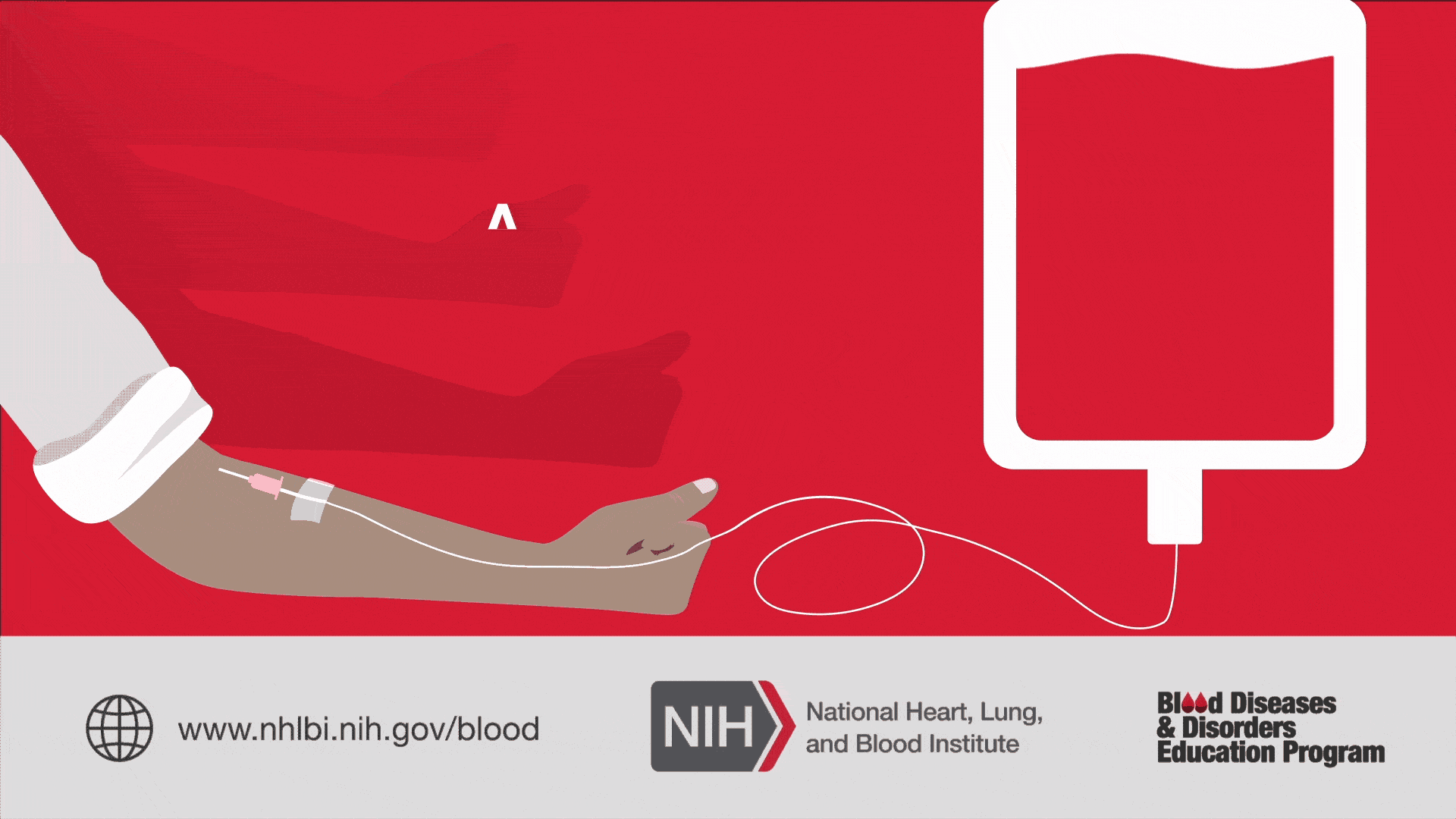

A whole blood transfusion can provide:
- Whole blood
- Red cells
- Platelets
- Plasma


A single blood donation can save up to 3 lives.
Diverse donors are needed.
Donate blood. Save lives.


100,000 people in the U.S. have sickle cell disease, and most are Black or of African Ancestry.
1 in 3 African American blood donors is a match for people with sickle cell disease.
Diversity matters: Donate blood. Save lives.

